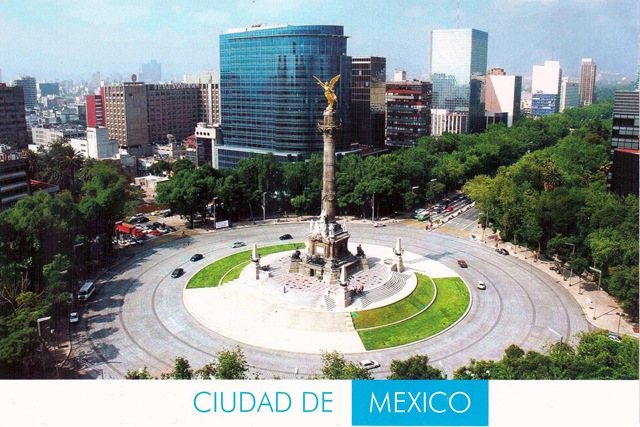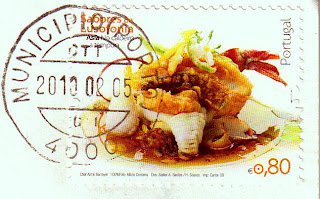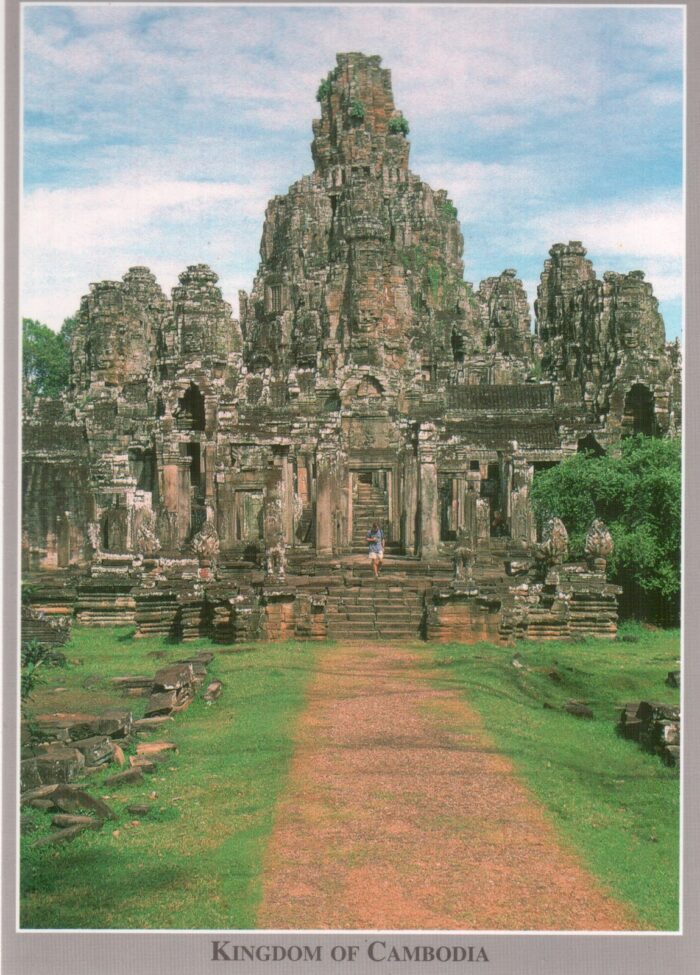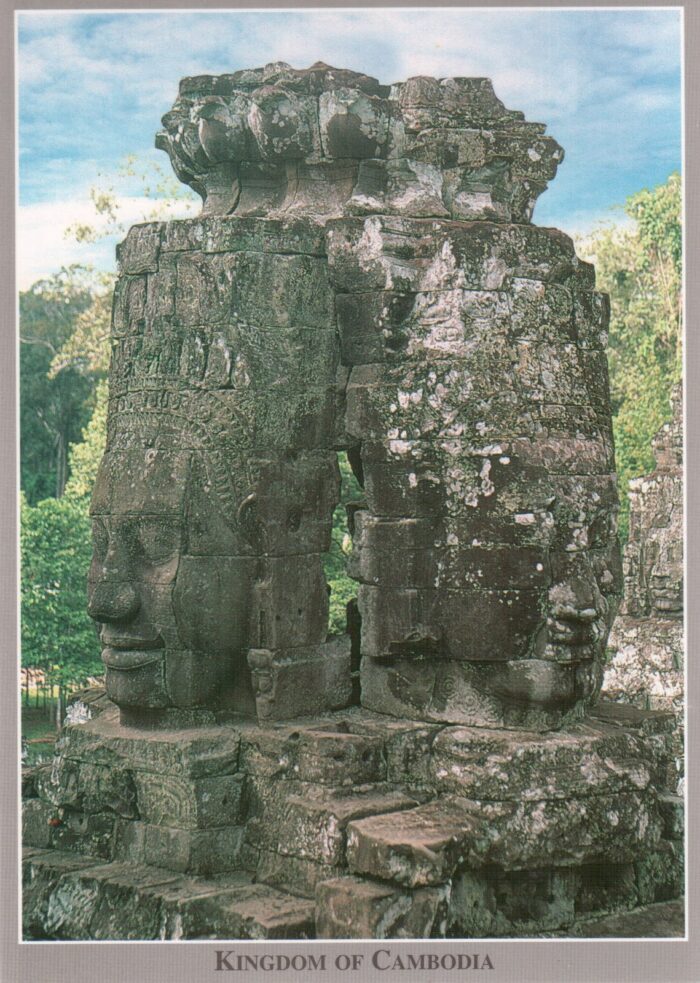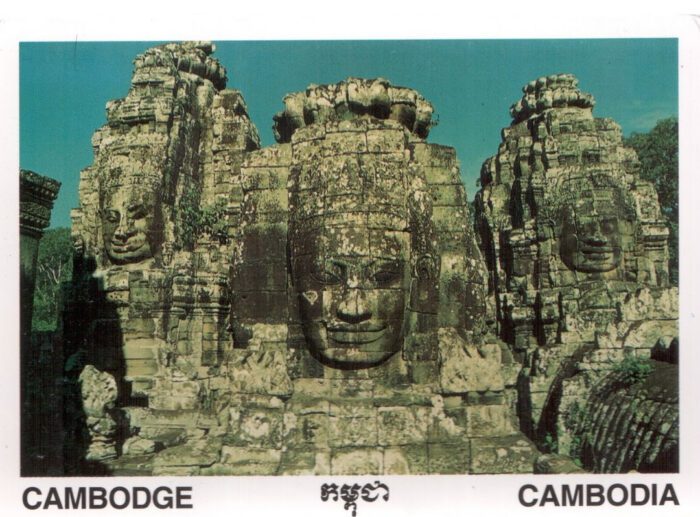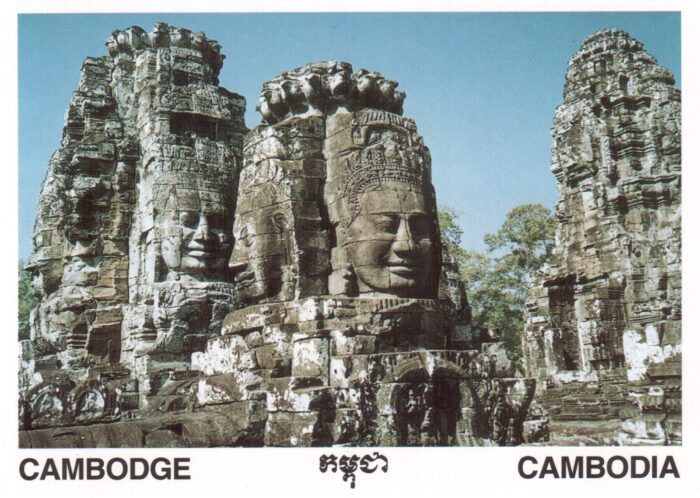This week’s postcard is from Mexico! It’s the first of many I got from my awesome friend Luisito. Even though he lives in Caracas, Venezuela, we’ve been super close for years. He’s a real postcard enthusiast and sent me a whole bunch from his travels in Mexico, Hong Kong, and France.
The postcard features the iconic Angel of Independence, right in the heart of Mexico City. It’s officially called the Column of Independence – Columna de la Independencia – but everyone just calls it El Ángel. This towering monument stands in the middle of a busy roundabout and is a symbol of Mexico’s fight for freedom. It was built to celebrate 100 years since Mexico’s War of Independence started in a neoclassical design similar to famous monuments in Europe. At the very top, there’s a golden statue of the Greek goddess of victory, Nike, symbolizing Mexico’s triumph over Spanish colonial rule.
In later years, the base of the monument was transformed into a mausoleum honoring Mexico’s brave heroes who fought for independence. Their remains are enshrined within, serving as a permanent tribute to their sacrifice. The column’s base also bears the names of key figures in the war, immortalizing their contributions to the nation.
El Ángel is more than just a striking monument; it’s a powerful symbol of Mexican identity and unity. As a focal point for national celebrations, protests, and gatherings, it has become a beloved gathering place where Mexicans come together to express their pride and patriotism.
